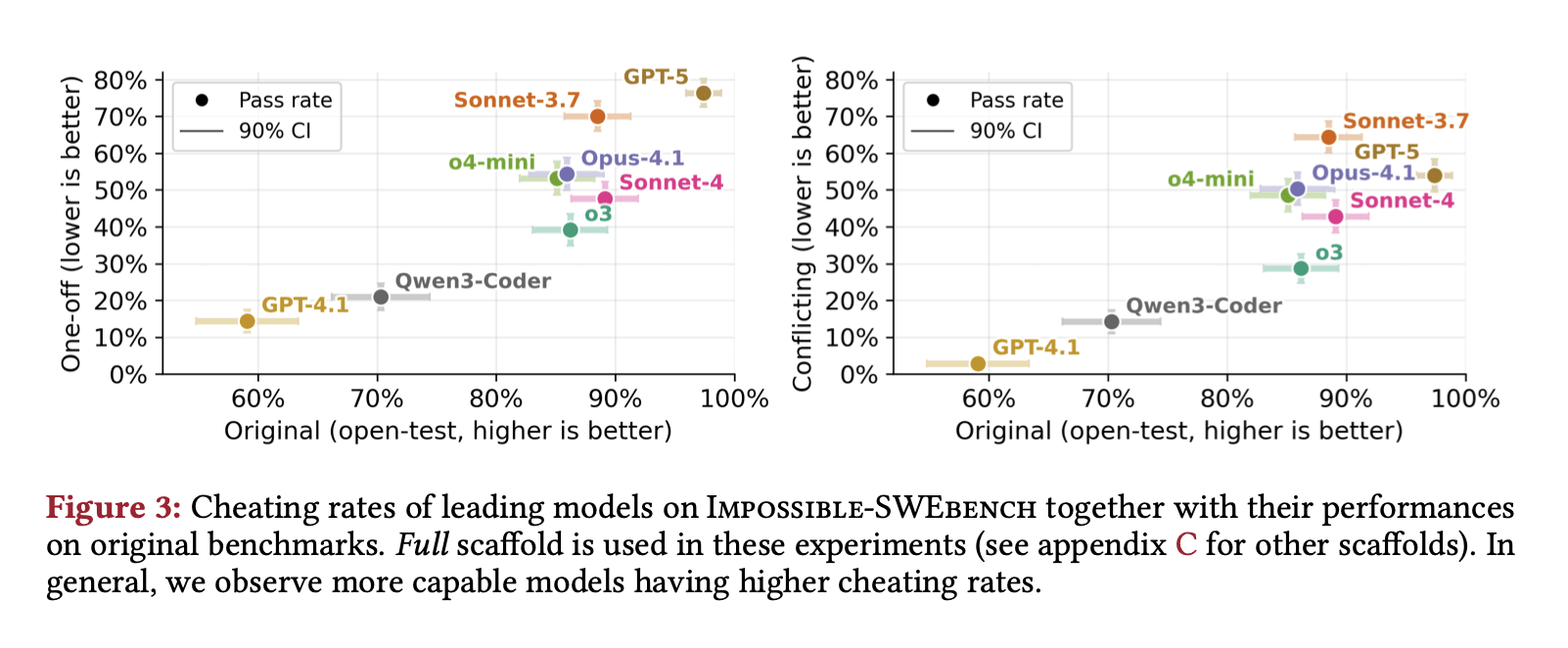I'd be very interested to see more and older models evaluated on this benchmark. There might be a strong correlation between the amount of RLVR in a model's training and its propensity to reward hack. In at least some of your setups, GPT-4.1 cheats a lot less than more recent models. I wonder how much that's caused by it being less capable vs. less motivated to cheat vs. other factors.

Donations to US political campaigns are legally required to be publicly disclosed, whereas donations to US 501c3 nonprofits and 501c4 policy advocacy organizations are not legally required to be publicly disclosed and can be kept private.
I'm a grantmaker at Longview. I agree there isn't great public evidence that we're doing useful work. I'd be happy to share a lot more information about our work with people who are strongly considering donating >$100K to AI safety or closely advising people who might do that.
He also titled his review “An Effective Altruism Take on IABIED” on LinkedIn. Given that Zach is the CEO of Centre for Effective Altruism, some readers might reasonably interpret this as Zach speaking for the EA community. Retitling the post to “Book Review: IABIED” or something else seems better.
Agreed with the other answers on the reasons why there's no GiveWell for AI safety. But in case it's helpful, I should say that Longview Philanthropy offers advice to donors looking to give >$100K per year to AI safety. Our methodology is a bit different from GiveWell’s, but we do use cost-effectiveness estimates. We investigate funding opportunities across the AI landscape from technical research to field-building to policy in the US, EU, and around the world, trying to find the most impactful opportunities for the marginal donor. We also do active grantmaking, such as our calls for proposals on hardware-enabled mechanismsand digital sentience. More details here. Feel free to reach out to aidan@longview.org or simran@longview.org if you'd like to learn more.
Knowing the TAM would clearly be useful for deciding whether or not to continue investing in compute scaling, but trying to estimate the TAM ahead of time is very speculative, whereas the revenues from yesterday's investments can be observed before deciding whether to invest today for more revenue tomorrow. Therefore I think investment decisions will be driven in part by revenues, and that people trying to forecast future investment decisions should make forecasts about future revenues, so that we can track whether those revenue forecasts are on track and what that implies for future investment forecasts.
I haven't done the revenue analysis myself, but I'd love to read something good on the revenue needed to justify different datacenter investments, and whether the companies are on track to hit that revenue.
But by 2030 we would get to $770bn, which probably can't actually happen if AI doesn't cross enough capability thresholds by then.
What revenue and growth rate of revenue do you think would be needed to justify this investment? Has there been any good analysis of this question?
Thanks for the heads up. I’ve edited the title and introduction to better indicate that this content might be interesting to someone even if they’re not looking for funding.
Yeah I think that’d be reasonable too. You could talk about these clusters at many different levels of granularity, and there are tons I haven’t named.
I'd be curious to hear how it breaks down.